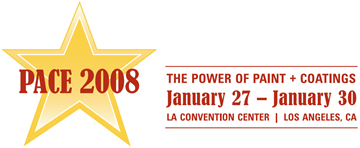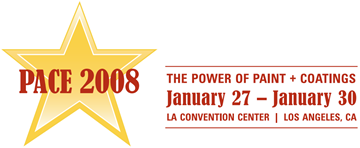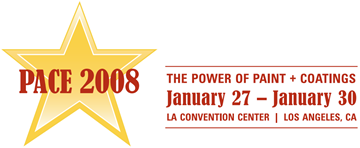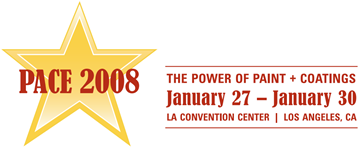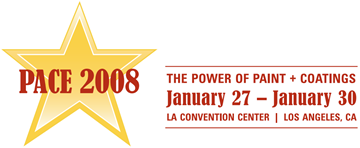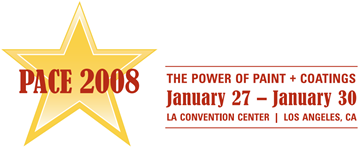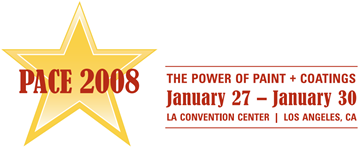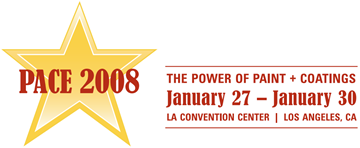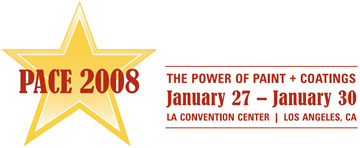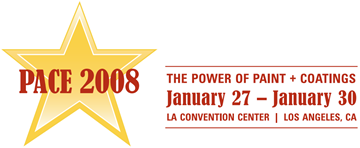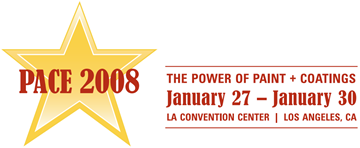Search
Products tagged with '2008 Conference Papers'
View as
Sort by
Display
per page
Green Building 101 for the Painting & Coatings Industry
Product Number:
41208-437-SG
Publication Date:
2008
$20.00
Innovations in Dehumidification and Climate Control For Tank Coating Projects
Product Number:
41208-417-SG
Publication Date:
2008
$20.00
In-situ Performance of Galvanized and Zinc Rich Coating Systems for Structural Steel in a Chemical Plant Environment
Product Number:
41208-461-SG
Publication Date:
2008
$20.00
Inspection of the polyurea on the San Mateo Bridge
Product Number:
41208-408-SG
Publication Date:
2008
$20.00
Learning to Specify Vinyl Ester Linings for FGD Applications
Product Number:
41208-456-SG
Publication Date:
2008
$20.00
Low VOC Waterborne DTM Coatings for Use in Industrial Maintenance Painting
Product Number:
41208-448-SG
Publication Date:
2008
$20.00
Moisture Cured Polyurethane Saves the Day
Product Number:
41208-442-SG
Publication Date:
2008
$20.00
Natural Oil Derivatives in Spray Elatomer Coatings
Product Number:
41208-396-SG
Publication Date:
2008
$20.00
New Splash Zone Sulfur Containing Polyamidoamine Epoxy Type Coating
Product Number:
41208-403-SG
Publication Date:
2008
$20.00
Odor and Corrosion Problems in Wastewater Collection Systems and Treatment Plants: Two Related Issues Requiring Distinctly Separate Control Strategies
Product Number:
41208-435-SG
Publication Date:
2008
$20.00

